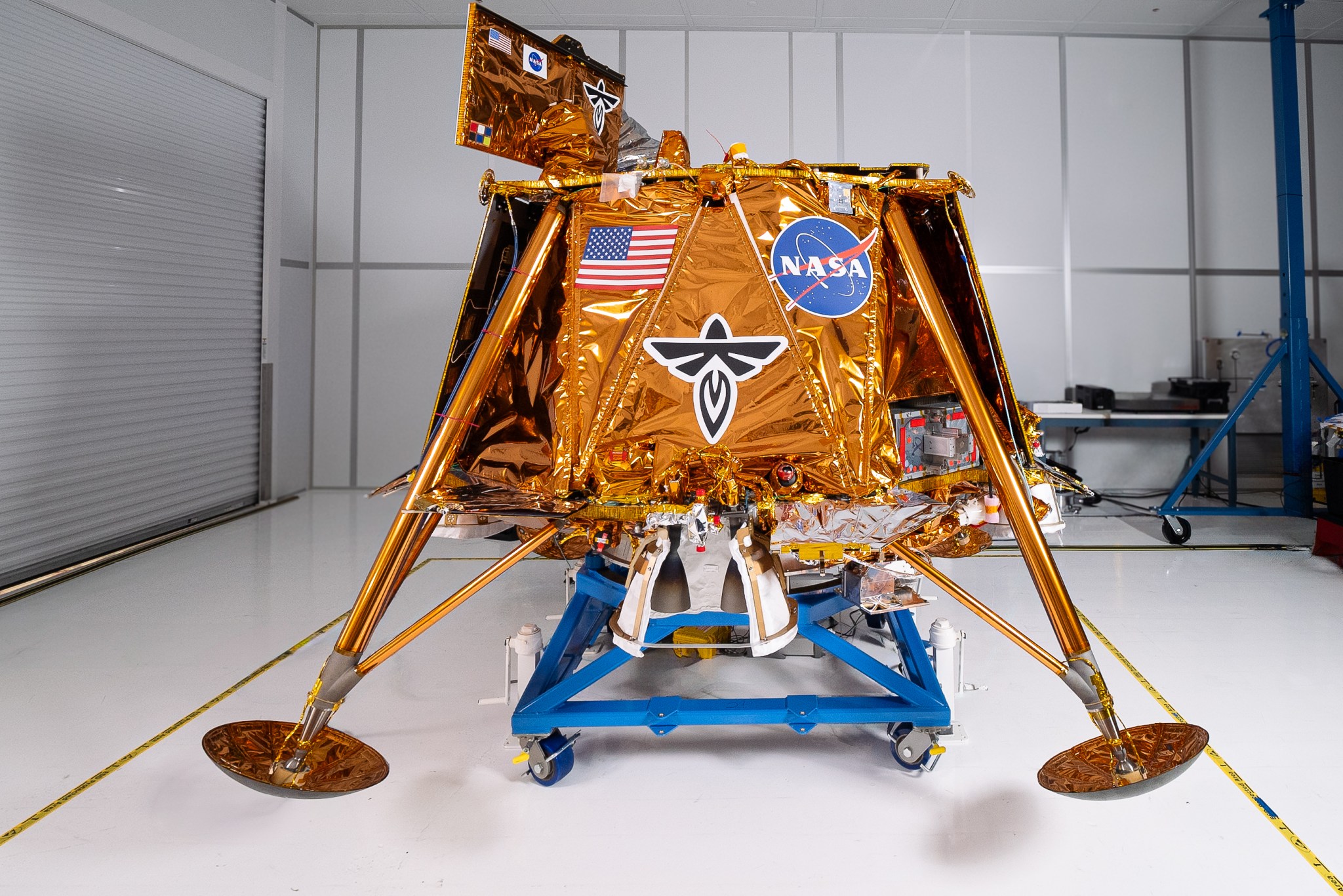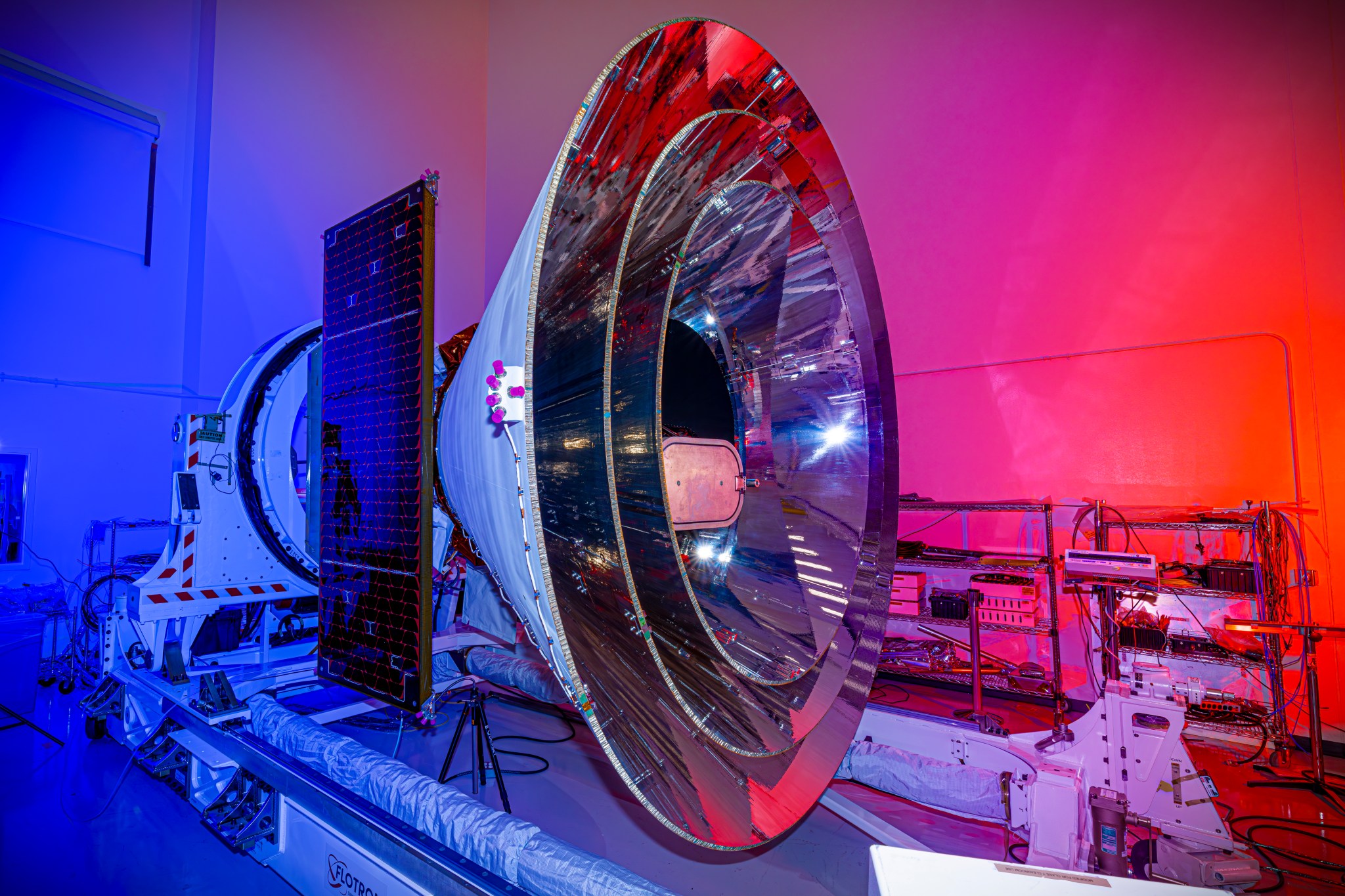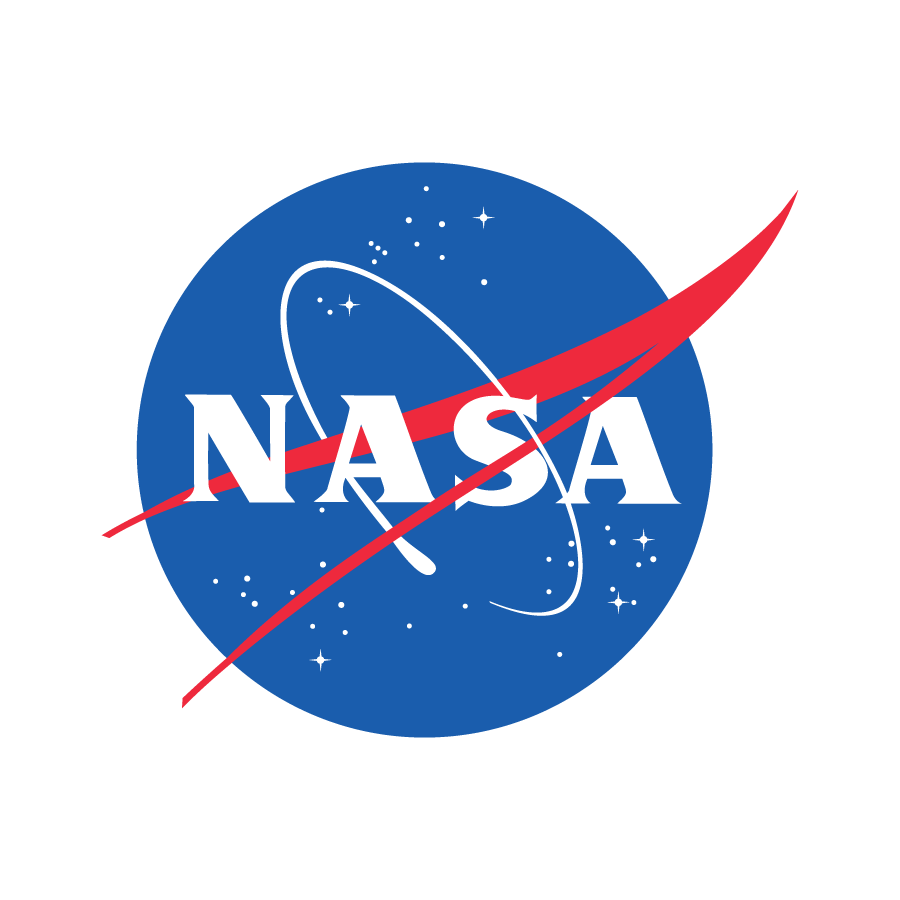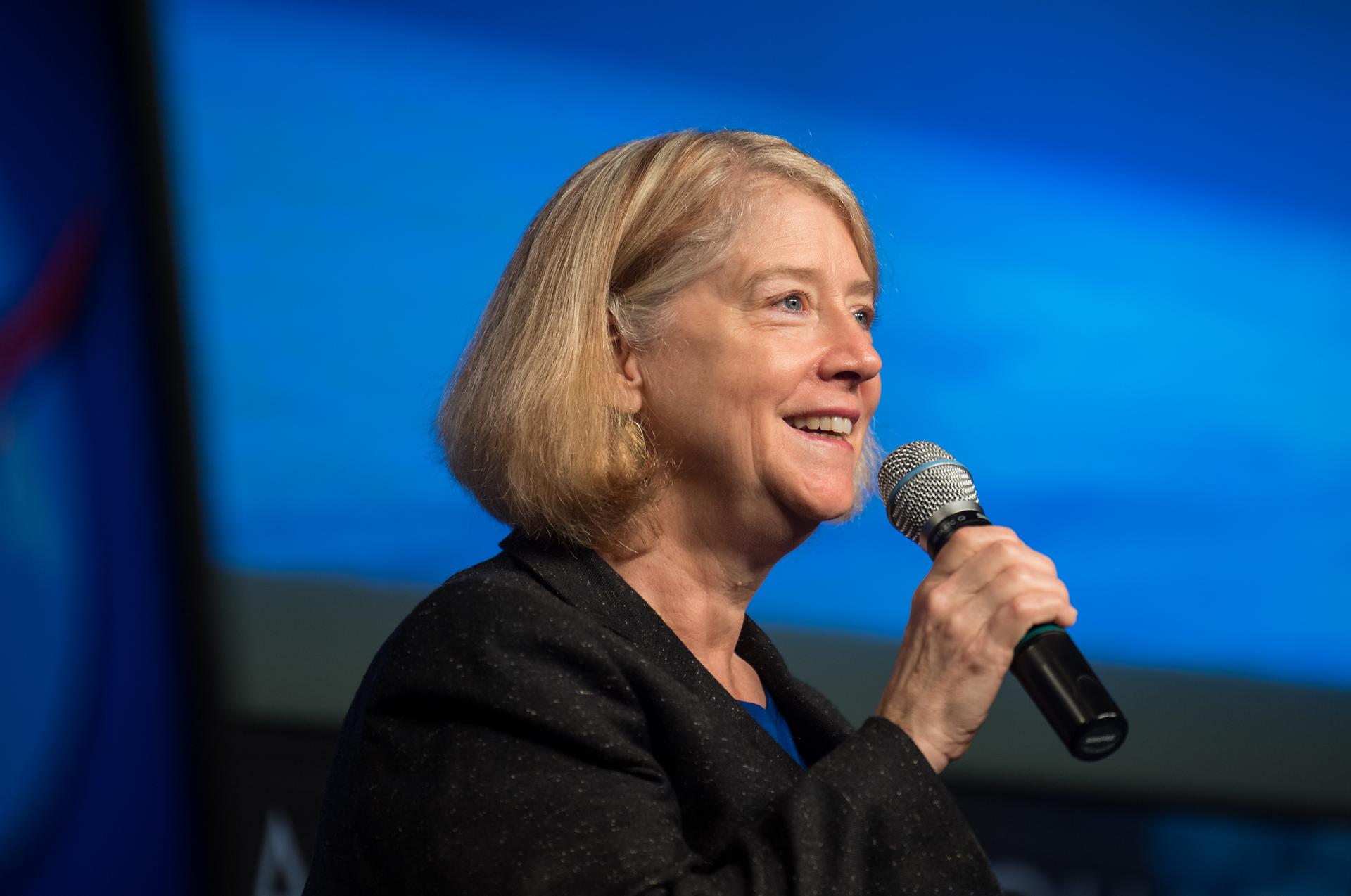NASA’s Kennedy Space Center Looks to Thrive in 2025
As NASA’s Kennedy Space Center in Florida wraps up a year that will see more than 90 government, commercial, and private missions launch from Florida’s Space Coast, a look to 2025 shows the missions, partnerships, projects, and programs at the agency’s main launch site will continue innovating, inspiring, and pushing the boundaries of exploration for […]

As NASA’s Kennedy Space Center in Florida wraps up a year that will see more than 90 government, commercial, and private missions launch from Florida’s Space Coast, a look to 2025 shows the missions, partnerships, projects, and programs at the agency’s main launch site will continue innovating, inspiring, and pushing the boundaries of exploration for the benefit of humanity.
“The next year promises to be another exciting one at Earth’s premier spaceport,” said Kennedy Center Director Janet Petro. “We have an amazing workforce, and when we join forces with industry and our other government partners, even the sky is no limit to what we can accomplish.”
New Year, New Missions to Space Station
NASA’s Commercial Crew Program (CCP), based out of Kennedy, and its commercial partner SpaceX plan two crew rotation missions to the International Space Station: NASA’s SpaceX Crew-10 and Crew-11. This also means the return of the Crew-9 mission and later Crew-10 during 2025. CCP continues working with Boeing toward NASA certification of the company’s Starliner system for future crew rotations to the orbiting laboratory.

“Operations in 2025 are a testament to NASA’s workforce carefully planning and preparing to safely execute a vital string of missions that the agency can depend on,” said Dana Hutcherson, CCP deputy program manager. “This is the 25th year of crewed operations for the space station, and we know that with every launch, we are sustaining a critical national asset and enabling groundbreaking research.”
NASA also plans several Commercial Resupply Services missions, utilizing SpaceX’s Dragon cargo spacecraft, Northrop Grumman’s Cygnus spacecraft, and the inaugural flight of Sierra Space’s cargo spaceplane, Dream Chaser. The missions will ferry thousands of pounds of supplies, equipment, and science investigations to the crew aboard the orbiting laboratory from NASA Kennedy and nearby Cape Canaveral Space Force Station.

In addition to the agency’s crewed flights, Axiom Space’s fourth crewed private spaceflight mission, Axiom Mission 4 – organized in collaboration with NASA through the International Space Station Program and operated by SpaceX – will launch to the orbital outpost.
Reestablishing Humanity’s Lunar Presence
Preparations for NASA’s Artemis II test flight mission are ramping up, with all major components for the SLS (Space Launch System) hardware undergoing processing at Kennedy, including the twin solid rocket boosters and 212-foot-tall core stage. Teams with EGS (Exploration Ground Systems) will continue stacking the booster segments inside the spaceport’s VAB (Vehicle Assembly Building). Subsequent integration and testing of the rocket’s hardware and Orion spacecraft will continue not only for the Artemis II mission, but for Artemis III and IV. Technicians also continue building mobile launcher 2, which will serve as the launch and integration platform for the SLS Block 1B configuration starting with Artemis IV.

“Looking ahead to 2025, teams will embark on a transformative year as we integrate the flight hardware for Artemis II, while simultaneously developing the foundation for future Artemis missions that will reestablish humanity’s presence on the Moon,” said Shawn Quinn, EGS program manager.
A key part of the Artemis campaign, NASA’s CLPS (Commercial Lunar Payload Services) initiative will continue leveraging commercial partnerships to quickly land scientific instruments and technology demonstrations on the Moon. Firefly Aerospace’s first lunar CLPS flight, Blue Ghost Mission 1, will carry 10 NASA science and technology instruments to the lunar surface, including the Electrodynamic Dust Shield, a technology built by Kennedy engineers. Intuitive Machines, meanwhile, will embark on its second CLPS flight to the Moon. Providing the first in-situ resource utilization demonstration on the lunar surface, IM-2 will carry the Polar Resources Ice Mining Experiment-1 (PRIME-1), which features The Regolith and Ice Drill for Exploring New Terrain from Honeybee Robotics, as well as the Mass Spectrometer Observing Lunar Operations built by Kennedy. Both flights are targeted to lift off from Kennedy’s Launch Complex 39A during the first quarter of 2025.
In development for Artemis IV and beyond, Gateway will be a critical platform for developing a sustained human presence beyond low Earth orbit. Deep Space Logistics (DSL) is the Gateway Program project office at Kennedy responsible for leading the development of a commercial supply chain in deep space. In 2025, DSL will continue developing the framework for the DSL-1 mission and working with commercial provider SpaceX to mature spacecraft design. Upcoming milestones include a system requirements review and preliminary design review to determine the program’s readiness to proceed with the detailed design phase supporting the agency’s Gateway Program and Artemis IV mission objectives.
Science Missions Studying Our Solar System and Beyond
NASA’s Launch Services Program (LSP), based at Kennedy, is working to launch three ambitious missions. Launching early in the year on a SpaceX Falcon 9 rocket from Vandenberg Space Force Base in California, SPHEREx (Spectro-Photometer for the History of the Universe, Epoch of Reionization, and Ices Explorer) is a space telescope to survey the universe using visible and near-infrared light, observing more colors than ever before and allowing astronomers to piece together a three-dimensional map of the universe with stunning accuracy. Launching with SPHEREx, NASA’s PUNCH (Polarimeter to Unify the Corona and Heliosphere) mission will study how the mass and energy of the Sun’s corona transition into the solar wind.
IMAP (Interstellar Mapping and Acceleration Probe), scheduled to launch from Cape Canaveral in late 2025, will help map out thethe heliosphere – the magnetic environment surrounding and protecting our solar system. Carrying 10 instruments to make its observations, the IMAP mission is targeting the L1 Lagrange Point, an area between Earth and the Sun that is easy for spacecraft to maintain orbit, along with two Sun observing rideshare missions – NASA’s Carruthers Geocorona Observatory and the National Oceanic and Atmospheric Administration’s SWFO-L1 (Space Weather Follow-On at L1). Also launching in late 2025 on a Falcon 9 from Vandenberg is the second of two identical satellites, Sentinel-6B, which will monitor global sea levels with unprecedented precision. Its predecessor, Sentinel-6 Michael Freilich, has been delivering crucial data since it launched in 2020, and Sentinel-6B will ensure the continuation of this mission through 2030.
“Our missions launching next year will include groundbreaking technologies to help us learn more about the universe than ever before and provide new data for researchers that will have positive benefits here on Earth,” said LSP’s Deputy Program Manager Jenny Lyons.

The program’s support for small satellite missions next year includes several missions to monitor the Sun, collect climate data, and more. NASA’s ESCAPADE (Escape and Plasma Acceleration and Dynamics Explorers) mission to explore Mars’ magnetosphere will lift off from Cape Canaveral’s Launch Complex 36 on NASA’s inaugural flight of Blue Origin’s New Glenn rocket. Some of these small satellite missions are part of NASA’s CubeSat Launch Initiative, which offers the next generation of scientists, engineers, and technologists a unique opportunity to conduct scientific research and develop and demonstrate novel technologies in space.
Building the Spaceport’s Future
Teams expect a busy year of construction projects to accommodate new missions, hardware, and milestones. In preparation for Artemis IV, mobile launcher 2 construction and modifications in the VAB’s High Bays 3 and 4 for the larger SLS Block 1B configuration will ramp up. Teams also will upgrade the spaceport’s Converter Compressor Facility (CCF) to meet the helium needs of its commercial launch partners and the Artemis campaign, increasing efficiency, reliability, and speed of pumping helium to rockets. Upgrades to the CCF’s internal infrastructure are also part of Kennedy’s plan to earn the U.S. Green Building Council’s Leadership in Energy and Environmental Design certification, joining nine other Kennedy facilities in achieving that rating.

“Kennedy’s spaceport will continue to see its launch cadence grow, and we have to meet our program and commercial partner needs in the most efficient way possible,” said Sasha Sims, deputy director of Kennedy’s Spaceport Integration and Services Directorate. “Process improvements and integrated approaches should improve the speed at which government and commercial construction takes place while also improving Kennedy’s infrastructure so that it’s robust, sustainable, and able to support America’s future in space.”
Driving down acquisition costs, increasing competition, and using innovative contracting mechanisms for construction are just some of the initiatives to maximize efficiency and reliability in 2025. The center’s “Critical Day” policy prohibits certain types of work during launches requiring full flight range support but will no longer apply to commercial launches where minimal flight range support is required, training events, static fires, exercises, tests, rehearsals, nor other activities leading up to or supporting launches. This policy change is expected to create more flexibility and free up over 150 days annually for construction, maintenance, and other essential work needed to keep the spaceport running smoothly.
Finally, Kennedy will continue carrying Apollo’s legacy through Artemis. Seeds that traveled aboard the Orion spacecraft during the Artemis I mission will be planted at the spaceport, honoring the legacy of the original Moon Trees that grew from seeds flown on Apollo 14. The Florida spaceport will become one of the select locations across the country where the “new generation” of Moon Trees will take root and provide living testimony to the agency’s continuing legacy of lunar exploration.
“With so many missions and initiatives on the horizon, I’m looking forward to another banner year at Kennedy Space Center,” Petro said. “We truly are launching humanity’s future.”
What's Your Reaction?



















.jpg?#)


































